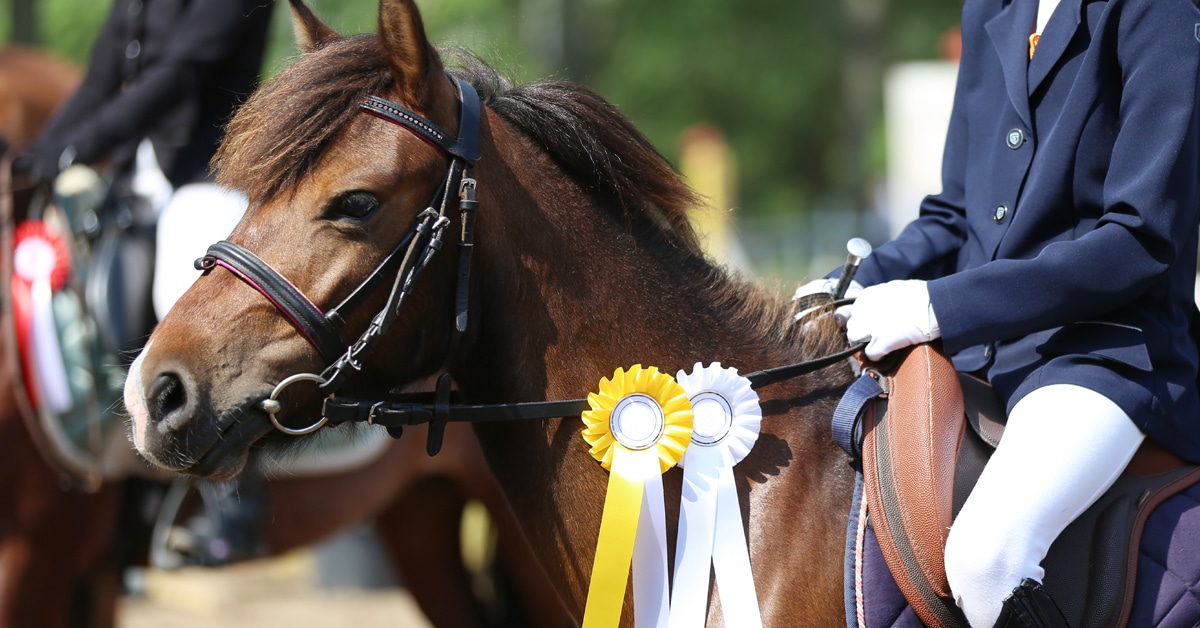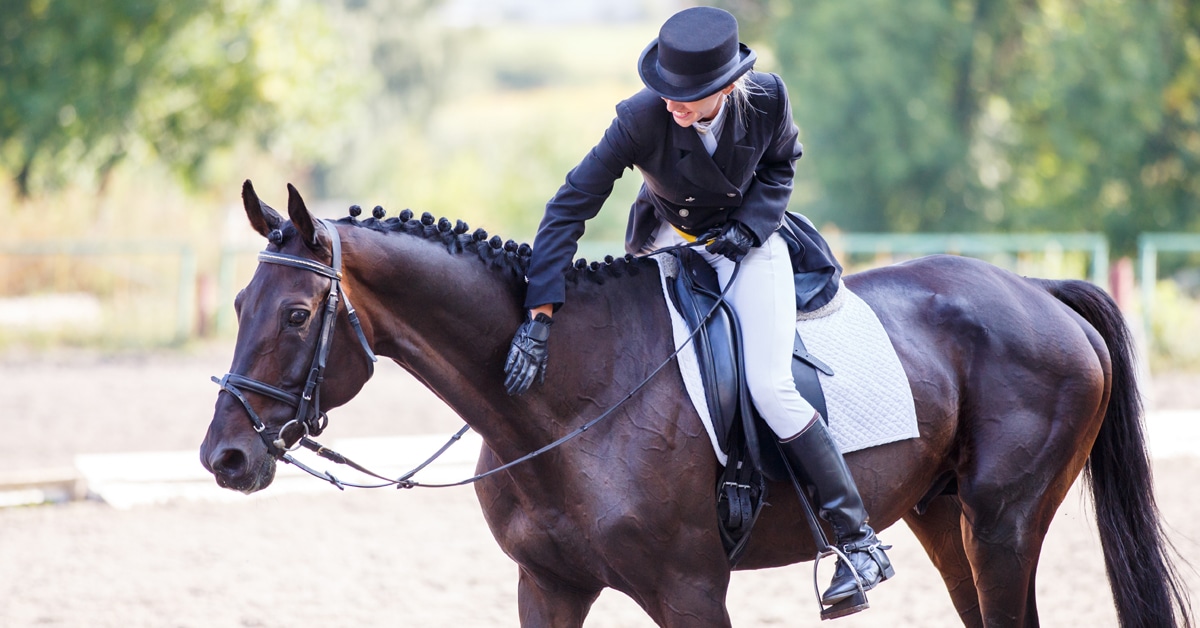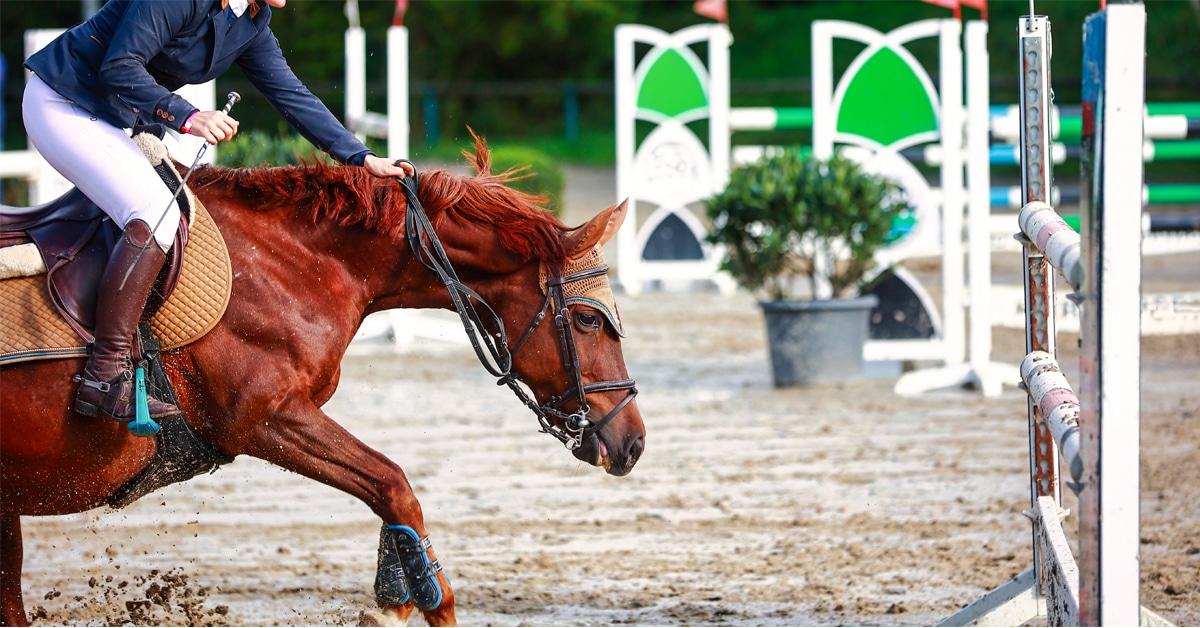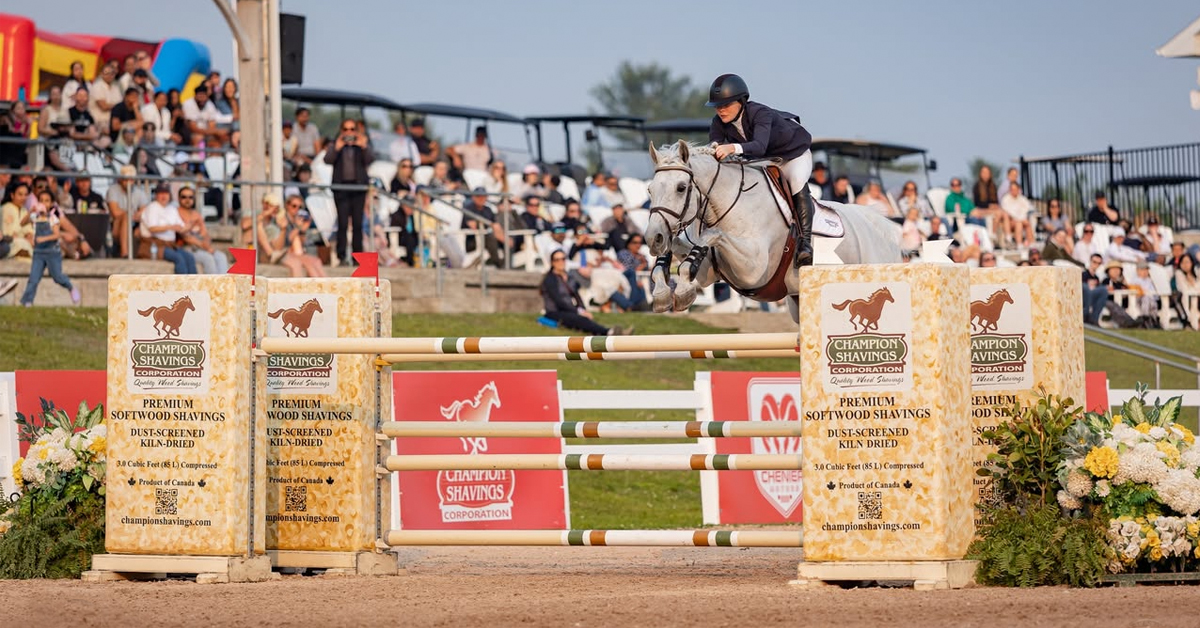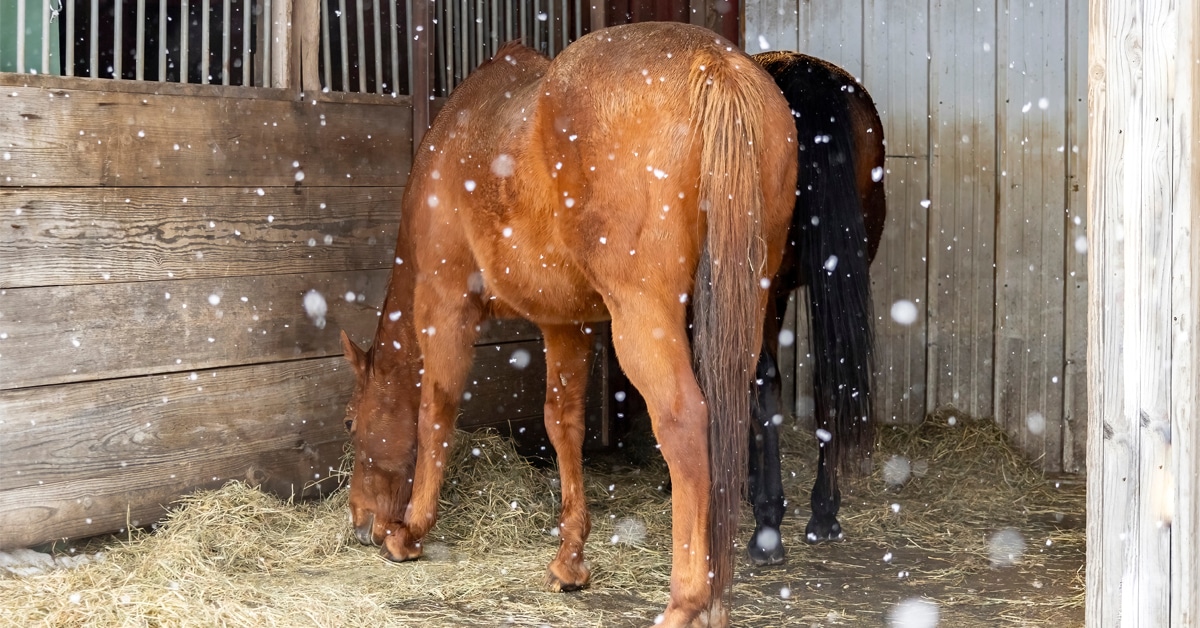“They’re not lame, they’re just not … right.”
I commonly hear this as many horses present to our practice for vague signs of poor performance or even behavioural issues. Trainers often will say that the horse is misbehaving and they want to make sure there is not a physical issue before assuming it is a training issue.
In my experience, it is very uncommon for a horse to misbehave for no reason and behavioural issues under saddle are usually indicative of an underlying physical problem. Thus, our job as veterinarians (and owners and trainers) is to find the problem and help the owner and/or trainer develop a plan to move forward. While this can sometimes be a challenging and exhaustive process, it is ultimately rewarding if the underlying physical cause can be identified and resolved.
Musculoskeletal disorders
Although there is an almost endless list of things that can cause poor performance and/or behavioural issues under saddle, orthopedic and musculoskeletal disorders are a common culprit. This underscores the importance of a thorough history, physical examination and lameness examination when working up these cases.
In more straightforward cases, the horse may present with a visible lameness, therefore the first step is to block and regionalize the lameness. It is important to keep in mind that the site of lameness may or may not be related to the presenting complaint. Re-evaluating the horse under saddle after the lameness has been blocked can clarify if the lameness is the source of the behavioral issue or not.
Conversely, there are multiple orthopedic conditions that can manifest as performance issues rather than lameness, including axial skeletal pain (pain of the neck, thoracolumbar spine and/or pelvis), front foot pain and hind proximal suspensory pain. Therefore, in horses without overt lameness, it can be enlightening to block the front feet and/or hind suspensory ligaments to see if it subsequently changes the behaviour under saddle.
For evaluation of the axial skeleton, sometimes blocking is also employed. For example, in horses with kissing spine, the horse can be evaluated under saddle before and after blocking the affected sites to assess the extent to which the kissing spine is a contributing factor. Most veterinarians are less comfortable blocking the neck or SI region and, therefore, if involvement of these regions is suspected, many veterinarians rely on imaging and trial treatment of those regions. Response to treatment is then used to help determine if these regions are playing a role in the performance issues.
Muscle disease
Looking beyond orthopedic causes, there are multiple muscle diseases that characteristically present with vague signs of poor performance including stiffness, unwillingness to go forward, inconsistency in the contact, lack of impulsion and loss of quality of gaits. Particularly in Warmbloods, muscle diseases such as myofibrillar myopathy (MFM) and polysaccharide storage myopathy (PSSM) should be on the differential list. In several breeds, including Quarter Horses, Paints, Appaloosas, Belgians and Percherons, many muscle diseases can be diagnosed with genetic and/or blood testing. However, in Warmbloods, a muscle biopsy is almost always necessary to confirm a diagnosis.
Respiratory issues
Respiratory disease, including disorders of the upper or lower airway, is another common cause of performance issues and often presents as exercise intolerance. Obstructive conditions of the upper airway such as pharyngeal collapse, dorsal displacement of the soft palate and laryngeal hemiplegia can understandably lead to exercise intolerance.
The most common lower airway diseases include equine asthma and exercise induced pulmonary hemorrhage (EIPH/ Bleeders). A bronchoalveolar lavage and dynamic endoscopy can help to rule in or out most of these respiratory conditions. The cardiopulmonary system should also be evaluated in cases that present for exercise intolerance, as certain cardiac arrhythmias and murmurs can, unsurprisingly, lead to performance issues.
Gastric Ulcers
While gastric ulcers can cause behavioral issues, they seem to get blamed for behavioral issues at a disproportionate rate. Although gastroscopy (a video camera inserted into the stomach) is the gold standard to diagnose gastric ulcers, riding the horse following “blocking” the stomach with lidocaine or following a dose of sucralfate can potentially help determine if gastric ulcers are contributing to the horse’s clinical signs.
Hormones
Hormones should also be mentioned when discussing potential sources of performance and behavioral issues, particularly in mares. Oral altrenogest can sometimes be helpful to assess and/or mitigate hormonal influence. Interestingly, there are mares who continue to show behavioral issues while on altrenogest that improve dramatically following ovariectomy, causing some owners to consider this in non-breeding stock.
In summary, there are an exhaustive number of things that can lead to performance issues in horses. A thorough history and examination, in addition to the above investigations, will often lead to an answer in the many of these cases. It is important to keep in mind that most behavioral issues are not behavioral at all, but rather a manifestation of an underlying physical problem. Keeping this in mind helps us approach these cases with empathy and an open mind.
~ by Erin K Contino, DVM, MS, DACVSMR
Associate Professor, Equine Sports Medicine and Rehabilitation
College of Veterinary Medicine and Biomedical Sciences
Colorado State University
The Latest
